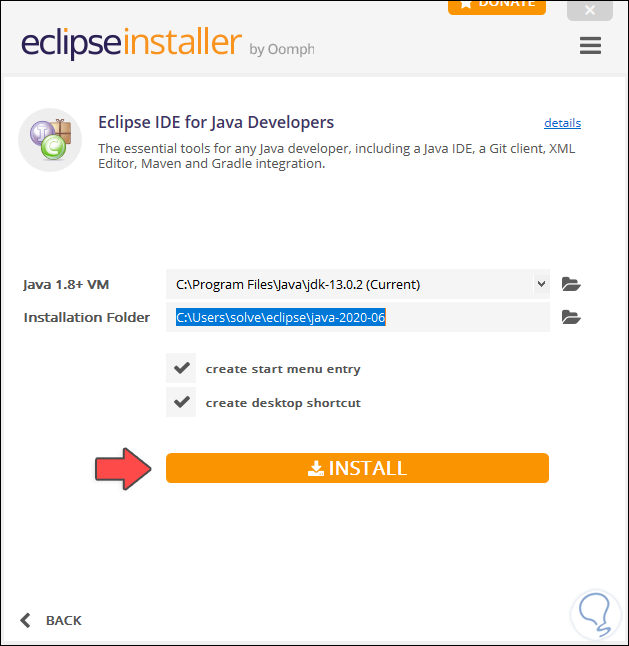
Java Architecture for XML Binding- It allows binding of xml into Java objects. Java API for JSON Binding- It is a set of specifications provide for binding or parsing a JSON file into Java classes. Java API for JSON Processing- It is a set of specifications to manage the information provided in JSON format. Java API for RESTful Web Services- It helps in providing services having Representational State Transfer schema. Unified Expression Language- It is a simple language which was designed to facilitate web application developers. Java Server Faces- It is a service which helps in building GUI out of components. WebSocket- WebSocket is a computer communication protocol, and this API provides a set of APIs to facilitate WebSocket connections. It is low level, and other specifications depend on it Servlet- This specification defines how you can manage HTTP requests either in a synchronous or asynchronous way. The Java EE contains several APIs which have the functionalities of base Java SE APIs such as Enterprise JavaBeans, connectors, Servlets, Java Server Pages and several web service technologies. Java EE has several specifications which are useful in making web pages, reading and writing from database in a transactional way, managing distributed queues. 
Examples of some contexts where Java EE is used are e-commerce, accounting, banking information systems. Java EE applications are usually run on reference run times such as microservers or application servers.

のダウンロード方法-02.png)
The Java EE provides a platform for developers with enterprise features such as distributed computing and web services. It is a set of specifications wrapping around Java SE (Standard Edition). The Java EE stands for Java Enterprise Edition, which was earlier known as J2EE and is currently known as Jakarta EE.




のダウンロード方法-02.png)


 0 kommentar(er)
0 kommentar(er)
